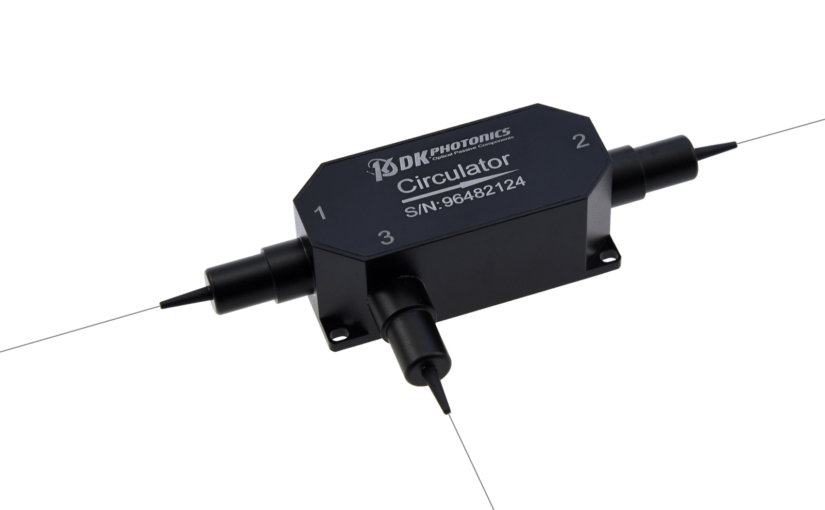Polarization Extinction Ratio (PER) is a term used to define the attenuation of one polarization component of an optical signal as compared to the attenuation of another polarization component of the optical signal. It’s a performance indicator for various polarizing components and devices and plays a key role in fiber-optic communications.
To calculate the polarization extinction ratio, a light source with known polarization states is used, and the light that passes through the device being tested is analyzed. The results are generally denoted as a percentage or in dB. If you want to know more about how to analyze the PER by laser light, read on for a brief explanation of the process.
What is Polarization?
Polarization is a key property of light waves that tells us about the direction of the wave’s oscillation. When light waves are emitted from a source, they can be randomly polarized or unpolarized. However, when light waves reflect from a surface or pass through certain materials, they can become polarized.
When light becomes polarized, this means that the electric field component of the wave is restricted to vibration in a single plane. The plane of polarization is perpendicular to the direction of propagation of the wave. For example, if light waves are bouncing off of a horizontal surface, they will become vertically polarized.
The degree to which light becomes polarized after bouncing off of a surface or passing through a material is known as the extinction ratio. The extinction ratio is defined as the ratio of the intensity of the polarized light to the intensity of the unpolarized light. The higher the extinction ratio, the more effective the polarizing material is at transforming unpolarized light into polarized light.
What is extinction ratio?
Extinction ratio is an important metric of the polarization of light. It is defined as the ratio of the intensity of light that is transmitted through a polarizing filter to the intensity of light that is reflected by the filter.
Extinction ratio is used to quantify the degree to which a material can polarize light. The higher the extinction ratio, the more effective the material is at Polarization.
How to analyze the polarization extinction ratio by laser light?
The polarization extinction ratio (PER) is a key parameter to determine the performance of many optical systems. Hence, it is important to calculate the PER for optimal system performance. It measures the amount of light that is lost when two beams of light with different polarization states are combined. A high PER indicates the loss of light is less, while a low PER indicates that the loss of light is high.
Analyzing PER Using Laser Light and Polarization Beam Splitter
This approach estimates the absolute extinction ratio of the device under test (DUT) and not the extinction ratio of the light.
For analysis, we will need a linearly polarized light that has extinction ratio much higher than that of the device under test and also an optical power sensor. Then, to determine the PER of the DUT, you will need two optical power measurements.
Pmax transmitted to the power sensor needs the DUT’s transmission axis to be oriented parallel to the polarization direction of the incident light.
Pmin transmitted by the DUT needs the DUT’s transmission axis to be oriented perpendicular to the polarization direction of the incident light.
The estimated extinction ratio ERest = (Pmax/Pmin) <= ERDUT, whose value can be used to determine the DUT’s extinction ratio.



